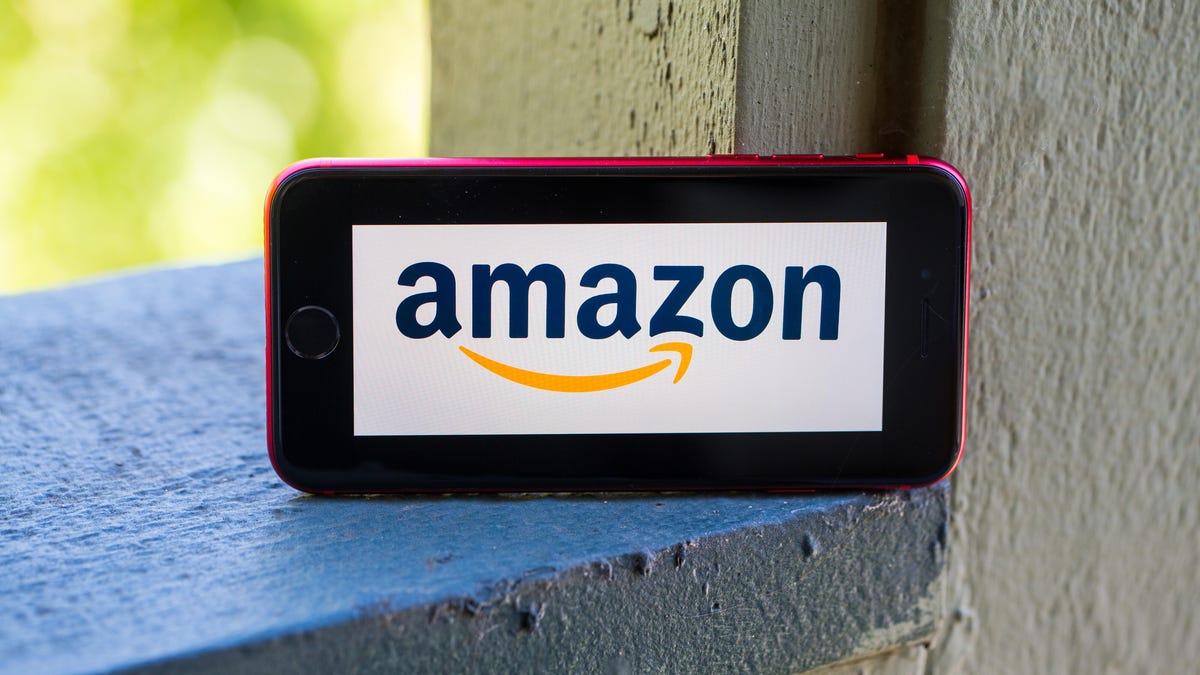 Why You Can Trust CNET
Why You Can Trust CNET Amazon revenues miss predictions as consumers hit pause on the constant shopping
Despite having its first June Prime Day, Amazon saw its sales slow down in the second quarter. The company attributes it to consumers' "additional mobility."

Amazon's second-quarter sales missed analysts' projections.
Amazon's revenue continued to climb this year in the second quarter, but not quite at the rate analysts expected. The reason might be that shoppers are finally getting out of the house.
The e-commerce and tech powerhouse said Thursday that net sales in the April-June quarter climbed to $113.1 billion, up 27% from $88.9 billion in the same period last year. That missed forecasts of roughly $115 billion in sales from analysts but landed comfortably within the range of $110 billion to $116 billion, which Amazon predicted for its second quarter in April. Still, earnings per share rose to $15.12 per share, up 46.8% from $10.30 a year earlier. That beat forecasts of $12.22 in earnings per share, according to a Yahoo Finance survey of analysts.
As economies begin opening up and COVID restrictions taper, people may be focused on activities other than shopping and may also be spreading their dollars around as they experience "additional mobility," said Brian Olsavsky, Amazon's chief financial officer. In the final quarter of 2020, Amazon posted revenues of more than $100 billion for the first time. And Thursday's results follow booming sales in the first quarter of 2021, when retailers normally expect to see a slump in sales after the holidays.
In April, Amazon said it would move its annual Prime Day shopping holiday to the second quarter, altering the event's usual timing of July. Prime Day was eventually scheduled for June 21-22, the earliest it's been held. Amazon said Thursday the event was most successful for its third party sellers, who use the company's marketplace to sell their wares, often aided by the Fulfilled by Amazon program that lets companies store goods at Amazon's warehouses and utilize its delivery service and participate in the Prime program (sellers can also use other fulfillment companies to participate in Prime). Amazon's revenues grew more from the services vendors pay the company for than its own retail sales.
Advertising revenues also grew substantially, with Olsavsky saying sellers were bidding higher for advertising slots and customers were clicking on ads more. The service allows smaller businesses to place their products higher in search results when customers search for keywords related to their products, including the name of a larger competitor. Additionally, Amazon's major profit generator, Amazon Web Services, remained strong by bringing in $14.8 billion in revenue and accounting for more than half of Amazon's operating income.
In the same quarter last year, Amazon blasted past analysts' predictions, posting record profits even after telling investors it would spend billions to deal with the effects of COVID-19. Amazon also dealt with major obstacles in its logistics chain that led to delivery delays, and it faced high turnover in warehouses, where some workers staged walkouts in protest of Amazon's handling of safety.

